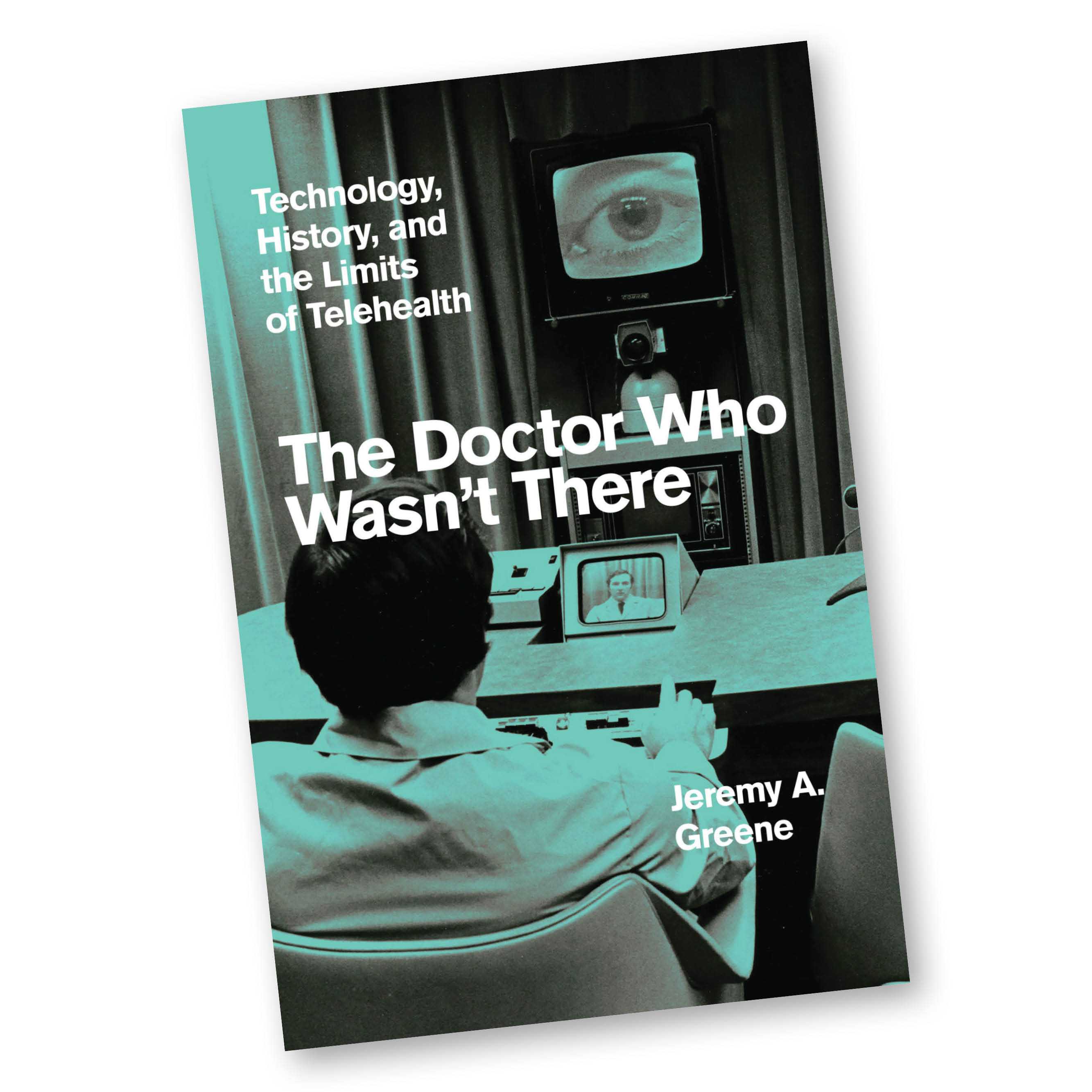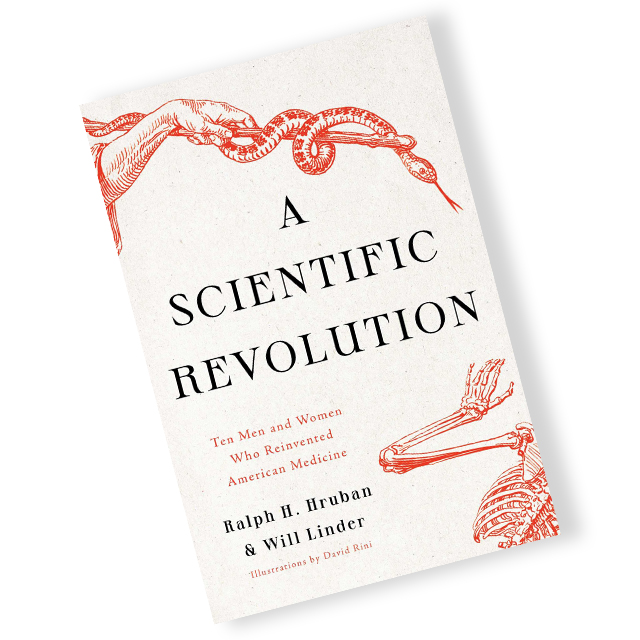One day more than 20 years ago, Susan Magsamen picked up a lump of clay that was left over from one of her children’s school projects. Almost without thinking, she pushed and pressed and rolled it into the shape of a woman on her knees, arms stretched toward the sky, face contorted in a sob.
Magsamen, grieving the end of her first marriage, had created an image of her own mourning.
Decades later, she would write about the experience in a new book, Your Brain on Art: How the Arts Transform Us. In it, she says that the act of sculpting that day hadn’t just altered the clay.
It had altered her as well.
“Rhythmic, repetitive movements with the hands have been shown to release serotonin, dopamine and oxytocin in the brain,” Magsamen explains. “Sculpting with clay has also been found to alter our brain activity in such a way as to induce a calmer and more reflective state.”
The book, written with Ivy Ross, Google’s vice president of design for the hardware product area, is all about the transformative power of the arts and aesthetics.
“Many of us tend to think of the arts as either entertainment or as an escape,” Magsamen and Ross write in the introduction. “But what this book will show you is that the arts are so much more. They can be used to fundamentally change your day-to-day life. They can help address serious physical and mental health issues, with remarkable results. And they can both help you learn and flourish.”
Magsamen, an assistant professor of neurology at Johns Hopkins, and Ross talk to people from all walks of life, including famed biologist Edward O. Wilson (before he died), musician David Byrne, and Susan’s husband, Richard Huganir, director of the Johns Hopkins Department of Neuroscience.
The result is a kaleidoscope of research and anecdotes that explain how minds and bodies respond to experiences as diverse as learning to play the violin, doodling, humming, watching a movie, making a meal or admiring the moon.
Magsamen says she was interested in the transformative power of art from a young age. When she was 12, her twin sister, Sandra, was badly injured in a farming accident that trapped her leg under a trailer. During Sandra’s lengthy recovery, she couldn’t express her fear and isolation in words, but she did start drawing. “She drew an image of a child but as a child’s viewpoint, so you could see adult arms and legs, but you could see that she was lost in a sea of people,” Susan recalls. “That’s how she felt. Art became healing, it became a connection.”
Sandra became an author and artist. Susan devoted her career to understanding the intersections between arts, the brain, healing and joy. Her focus is neuroaesthetics — a nascent scientific field that looks at how the arts and aesthetic experiences physically alter minds and bodies.
Magsamen is founder and director of the International Arts + Mind Lab, Center for Applied Neuroaesthetics, which is part of the Pedersen Brain Science Institute at the Johns Hopkins University School of Medicine. She is also director of the NeuroArts Blueprint Project in partnership with the Aspen Institute, and author of seven previous books about art and learning.
Your Brain on Art is her first book for a general audience, she says.
“You don’t have to be an expert or have a particular talent for art in order for it to have a tremendous positive impact on your life,” Magsamen promises. “You can start right away. You don’t have to spend a lot of money.”
Sometimes all it takes is a lump of clay.



